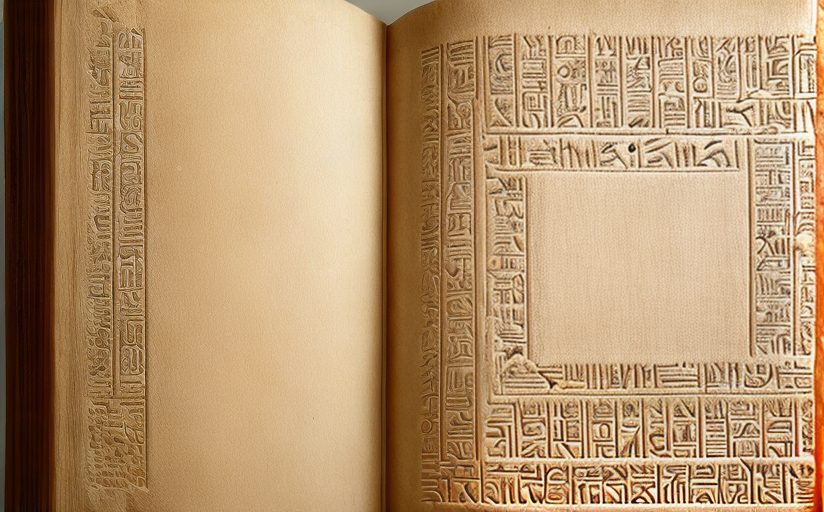The Profound Impact and Influence of Ancient Script Systems on Today's Storytelling World
Script systems of ancient civilizations, such as Hieroglyphics, Cuneiform, and Sanskrit, have deeply influenced and shaped the narrative structures, themes, characters, and motifs of modern storytelling mediums. This impact stretches across several platforms, including books, movies, and even video games, infusing contemporary narratives with depth and layers that transcend time and culture. The journey of interpreting and translating these ancient scripts has also played a significant role in understanding the evolution of storytelling.
Hieroglyphics and Modern Storytelling
First developed by the ancient Egyptians, Hieroglyphics form one of the earliest known systems of writing. Symbolic in nature, they were used to record societal activities, religious texts, and stories, among other aspects of ancient Egyptian life. Today, the deceptively simplistic visual nature of Hieroglyphics profoundly influences the narrative design in mediums like comic books, graphical novels, and video games. Sequences, themes, and even characters in these platforms can often find roots in the expressive symbols of Hieroglyphics.
Cuneiform's Influence on Structural Narration
Cuneiform, one of the earliest writing systems invented by the Sumerians, has influenced the formation of narrative structures. Its adoption throughout the ancient Middle East allowed for the recording of comprehensive stories, legal codes, and complex societal interactions. This style of narrating comprehensive tales has been passed down to modern narratives, specifically influencing complex plot developments, intertwined story arcs, and the utilisation of multiple narrators in books and movies.
Sanskrit: A Source for Themes and Philosophical Underpinnings
Sanskrit, the liturgical language of Hinduism, Buddhism, and Jainism, provides the foundations for many themes, allegories, and philosophical underpinnings that can be spotted in contemporary storytelling. The texts scripted in Sanskrit often explored introspective themes and human life's intrinsic questions. These motifs have been incorporated into many modern tales, adding layers of philosophical depth that resonate with audiences across the globe.
The Power of Translation and Interpretation
The act of interpreting and translating these ancient scripts is just as influential as the scripts themselves. It provides the lens through which we understand these old narratives and their societal contexts, thus offering invaluable insights into the evolutionary path of storytelling. Languages inherently carry their societies' cultural nuances. Translating these scripts offers a gateway to understand human society's fundamental themes that persist through time.
Conclusion
Exploring ancient scripts and their impact on modern storytelling reveals the timeless nature of narrative motifs and themes, as well as our continued fascination with expressing the human experience through stories. As we continue to interpret and translate these ancient systems, they persist in shaping our contemporary narratives, demonstrating their enduring power and influence.

















Comments
Leave a Comment